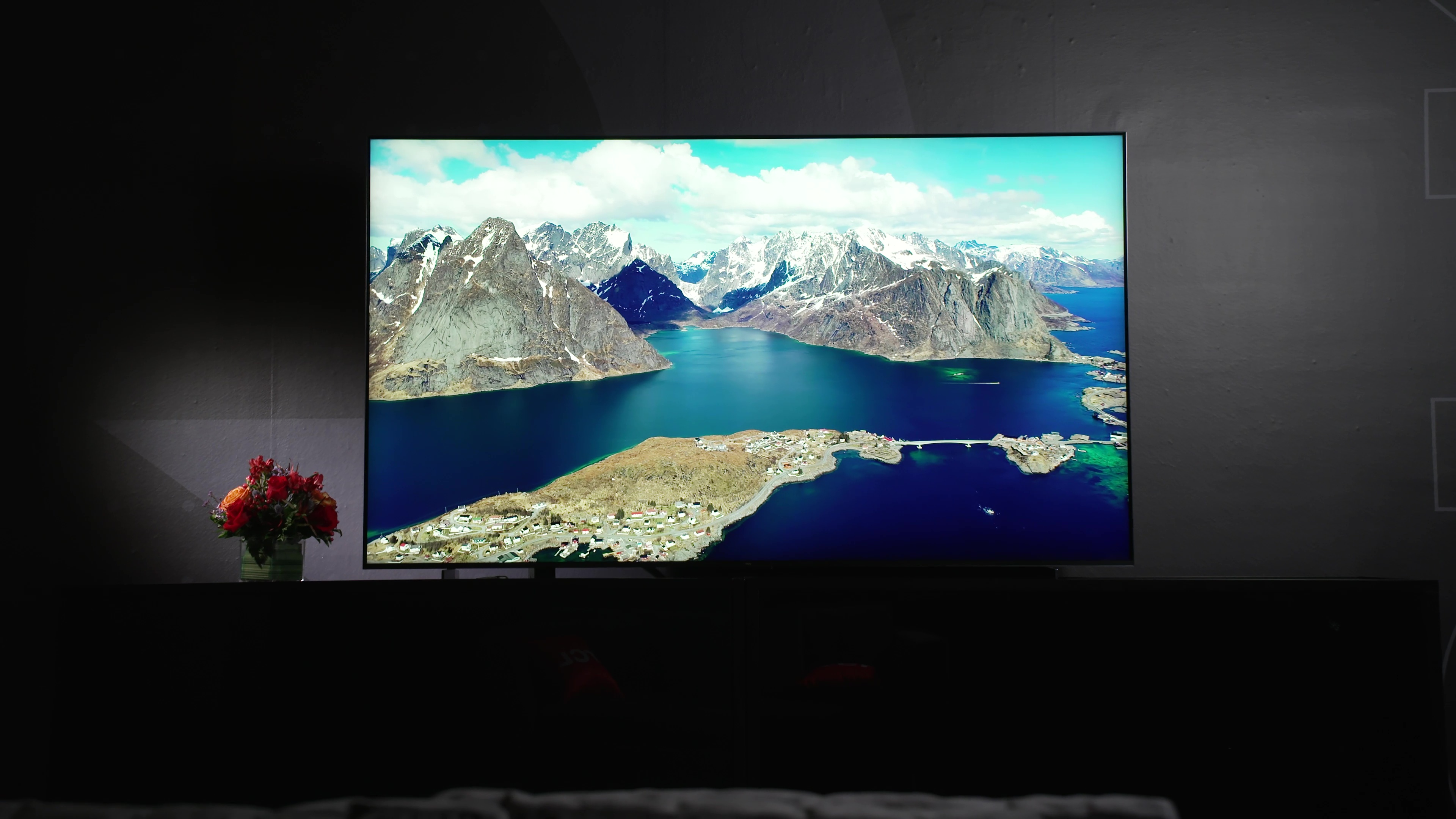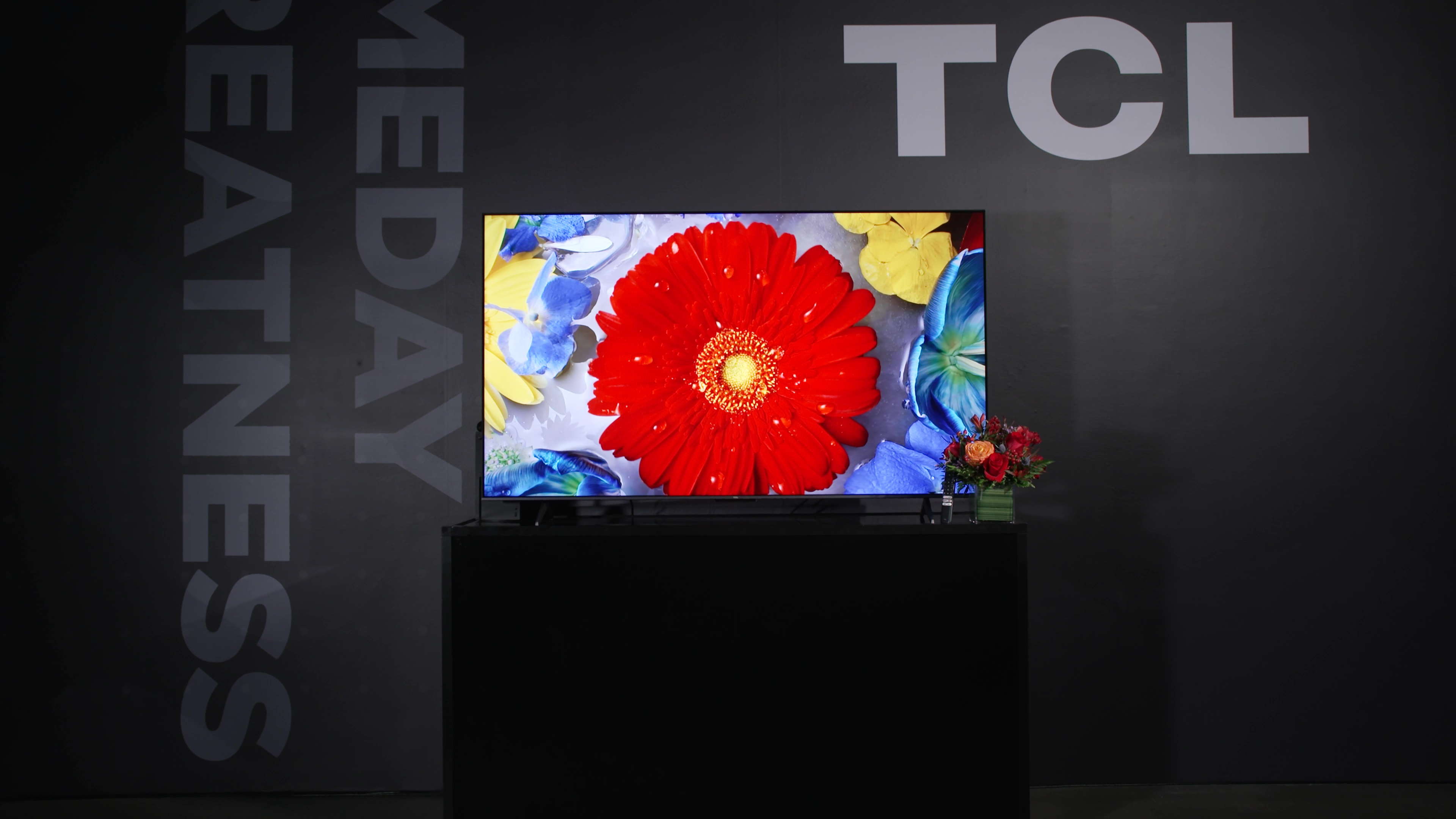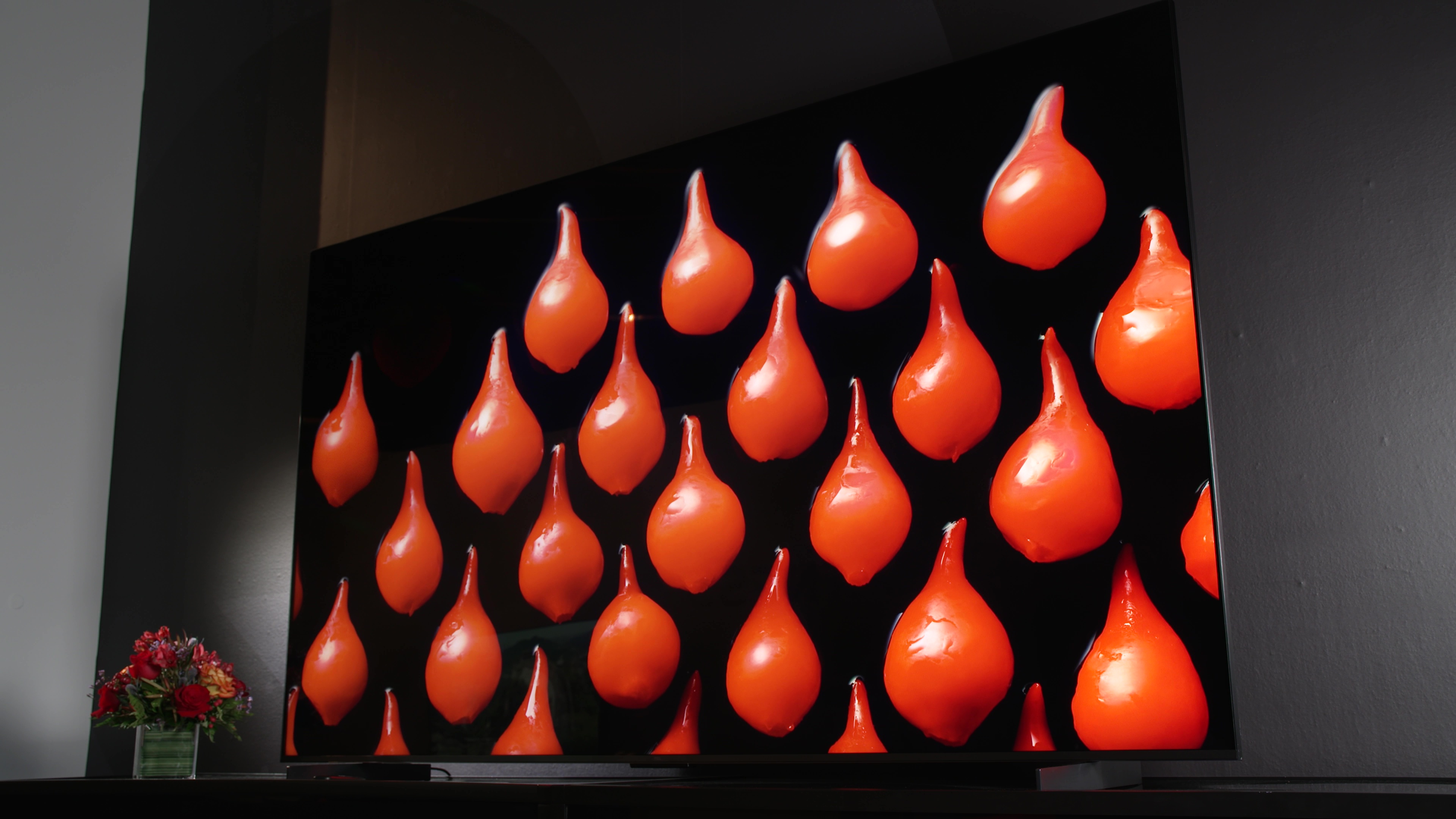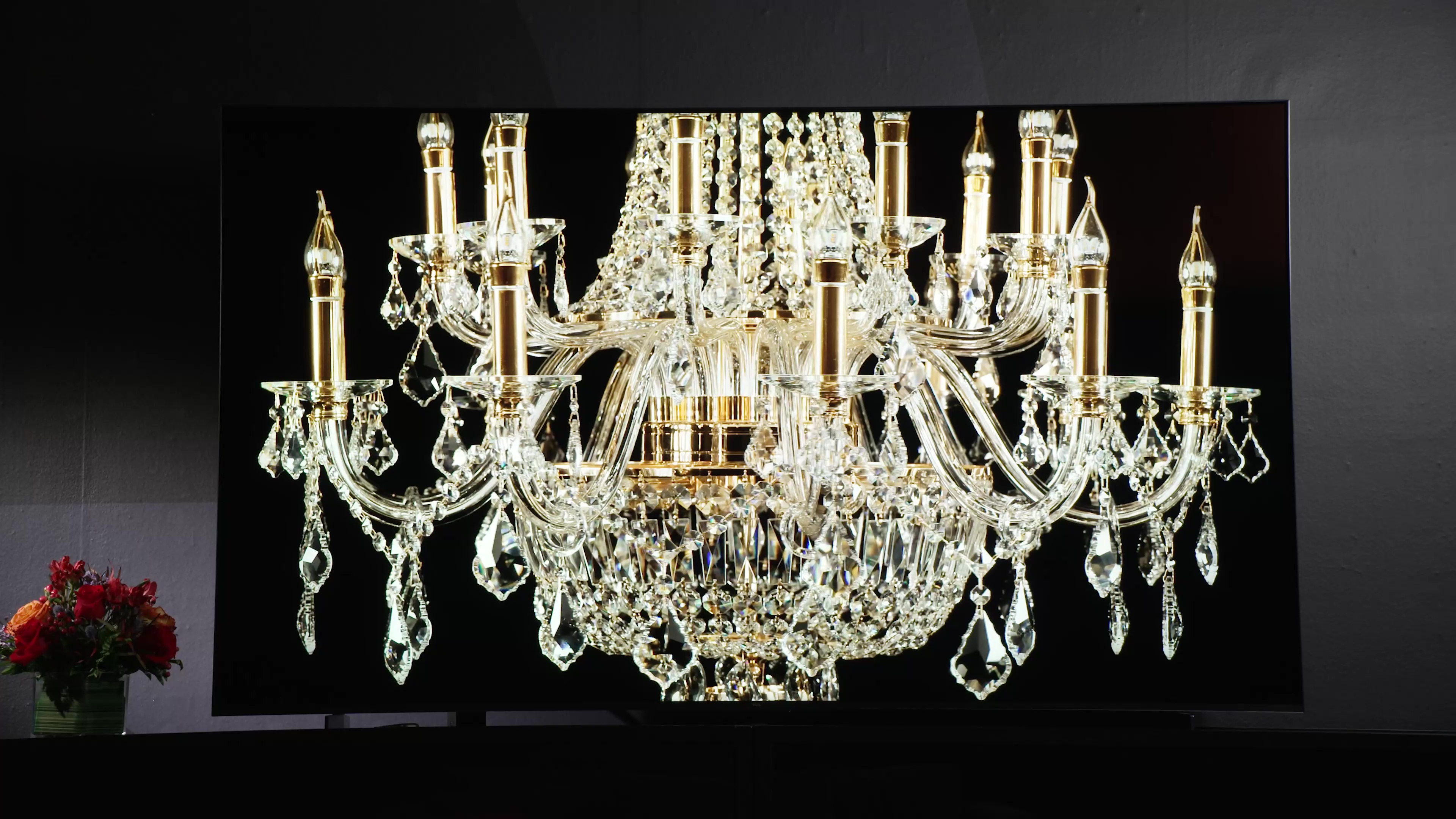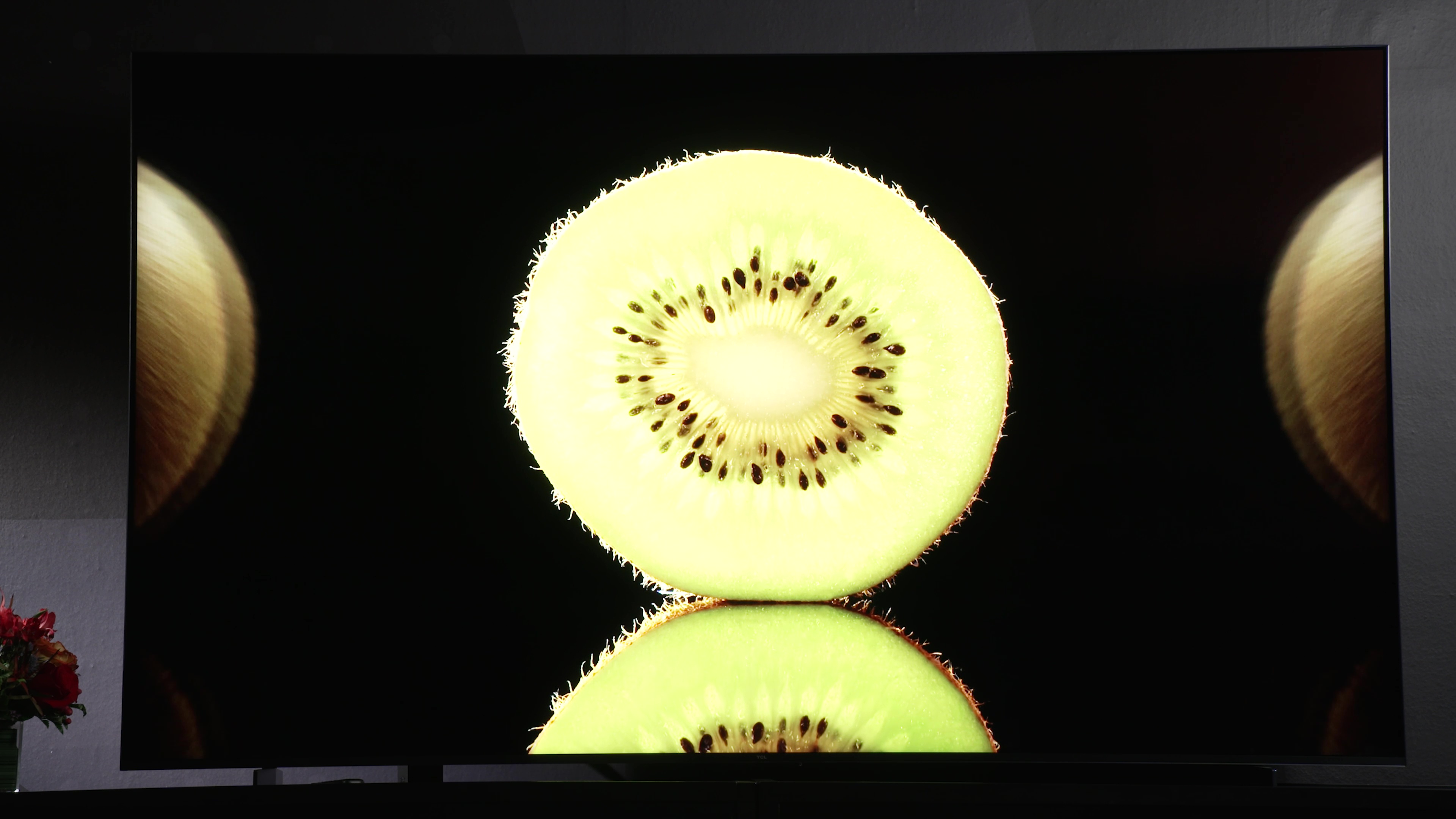
I don’t think you’re ready for the TCL QM8 TV. I sure wasn’t. And we need to talk about it.
Many of us were expecting good things from the TCL QM8. Based on some of the DMs, emails, and comments I’ve received, there’s a lot of interest in this TV. And I think that’s because what came out of CES looked really encouraging. But TCL is also changing its model numbers convention and kind of restructuring its TV lineup a bit, which might have had us wondering if the QM8 would be all that and a bag of chips, or possibly just another iteration on what used to be known as the 6-Series.
I’m going to talk about the new model numbers and TCL’s 2023 strategy, including what I think is some huge news about its NFL partnership, in future articles where I’ll also be getting into the Q7 and Q6. But for now, I really want to focus on the QM8 because this TV really surprised the hell out of me.
I can’t say I was shocked because I expect TCL to keep me on my toes, but I didn’t know the QM8 was going to be this good.
Video
First impressions
This is not a full review. I will be giving this TV a full review once it arrives here and I’ve been able to spend more than six hours with it. But at a recent TCL event in New York, I was able to gather quite a bit of intel on this TV, which I’m about to share with you. Before I do that, just a few reminders about this TV:
The QM8 is the only TV in TCL’s lineup that has mini-LED backlighting — that’s the ‘M’ in QM8. The sizes go from 65 inches all the way up to 98 inches, and it’s in that 98-inch model that the TV has a whopping 2,300 local dimming zones. The smaller the model, the fewer the zones that are needed, but the zone count is commensurate with the size of the panel. And I can vouch for the fact that the 85- and 98-inch models I saw had identical backlight behavior. The QM8 has a central pedestal stand for up to the 85-inch model, but the 98-incher has feet for stability. All sizes have a subwoofer built into the back to go along with down-firing speakers. The TV has two HDMI 2.1 inputs and can do either
The QM8 runs Google TV and supports pretty much all the things. TCL’s 2023 TVs do not, however, support ATSC 3.0.
Now, let’s get into performance.
Brightness
The headline here is that the QM8 did indeed hit 2,200 nits using a standard 10% white window (it also managed the same with smaller windows). As with most TVs, the brightness diminished the bigger the white window got. However, the 85-inch model I tested — which apparently just made it to New York City the day before and had not been vetted at all — managed to put out just shy of 1,000 nits from a full-field white window. One thousand nits full-screen! Now, there are some caveats involved, but I’m getting to that. I’m not done being shocked yet.
The TV is capable of being incredibly bright.
While the TV registered those peak luminance measurements using standard testing procedures of putting a white window up on the screen and measuring its output in SDR and
So … what does this mean? In short, it means the TV is capable of being incredibly bright. Like, flagship-8K-mini-LED-TV-from-competing-brands-such-as-Samsung bright. Don’t bother asking if it is a good bright-room TV – you can watch this outside in full sun, though I would not recommend that as it isn’t weatherproof.

But why, you may ask, did the TV peak at 2,200 nits in one test and 3,200 nits in another test? How is it outperforming TCL’s own promised performance? If those questions sound familiar, that’s because you’re a loyal reader — thank you — who has seen me make the same observations about Hisense’s TVs.
Now, when I asked Hisense why its TVs consistently outperformed its own claims, the representatives gave me a line about liking to underpromise and overdeliver. Not a bad business practice to exceed your customers’ expectations, right? But, I suspect there’s more to it than that. This is just a theory, but I believe that variances in manufacturing — variances in the performance of various parts in the TV — mean that not all units of a particular model perform the same. So, it’s possible that one QM8 could be just a touch brighter than another. The same as, say, a Hisense U8K or U7K. They set a baseline that they can guarantee and then, if and when it outperforms that performance baseline, well, lucky for you.

But, there’s another piece to this. Why did my readings vary from test to test? Well, that goes to how the processor in the TV perceives what it is displaying. As we’ve seen in the past, sometimes performance on testing patterns isn’t indicative of real-world performance. In cases where the testing pattern performance outpaces real-life content performance, that’s not good. But when real content performance is better than the test patterns? That’s frustrating for me, but excellent for you. I suspect that the rapid-fire test went by quickly enough that the processor in the TV acted as it will with real content and that real
Picture quality
Of course, high brightness is only part of the picture (pardon the played-out pun), so we also need to know how the backlight dimming controls are. How’s the blooming and/or halo mitigation? I have awesome news: What I saw was fan-freaking-tastic. Excellent black levels, truly top-notch dimming, inky blacks where they needed to be inky. I was gobsmacked at how good the dimming on this TV was. It was light-years ahead of the TCL R646 I regularly use in daily life. Enough so to make me jealous.
I wasn’t able to delve into finer details like how well it maintained shadow detail or whether it crushed blacks to an unacceptable level — that’s something I’ll dive into when I have more time with the TV for the full review. But I was delighted with what I was able to watch in the time I had.
As for other elements like color accuracy and color volume, I’ll say that the QM8 definitely needed some groysscale calibration to look its best and most accurate. Not a ton, but it was needed for accuracy. And it did about 96% of the P3 color space and about 75% of the BT 2020 color space — right up there with some of the best TVs you could buy from the past couple of years. From what I was able to watch, motion looked good. Banding was minimal; the processing looks pretty solid.
I was kind of sold on the TV already. But then TCL hit me with the pricing. And that’s when I knew that this TV was going to be huge this year.
The price is righteous
The 65-inch model is going to have an MSRP of $1,700. That may seem like a lot for a TCL, but not when you consider this TV is competing against the likes of the Samsung QN90C and even QN95C in terms of performance. It’s going to come in at least $800 less than the competition. Also, there’s only a $500 difference between the 75- and 85-inch models, which means I think folks are going to want to go big with the QM8. Of course, the 98-inch model is just a beast and so I would expect a lofty price. But you might be surprised to learn that the 98-inch QM8 is going to come in right at around $10,000. Again, that’s a lot of money, but keep in mind the 2021 Samsung QN90A 98-inch TV came in at $15,000, and that ridiculous 98-inch QN100B we saw at CEDIA last year is a $40,000 TV.
Without a doubt, TCL is bringing some massive value this year. That’s always been its bag. But now we’ve got the QM8, which offers true flagship performance that competes with the best
Here’s a rundown of TCL’s 2023 TV lineup, with pricing for every model and size.




